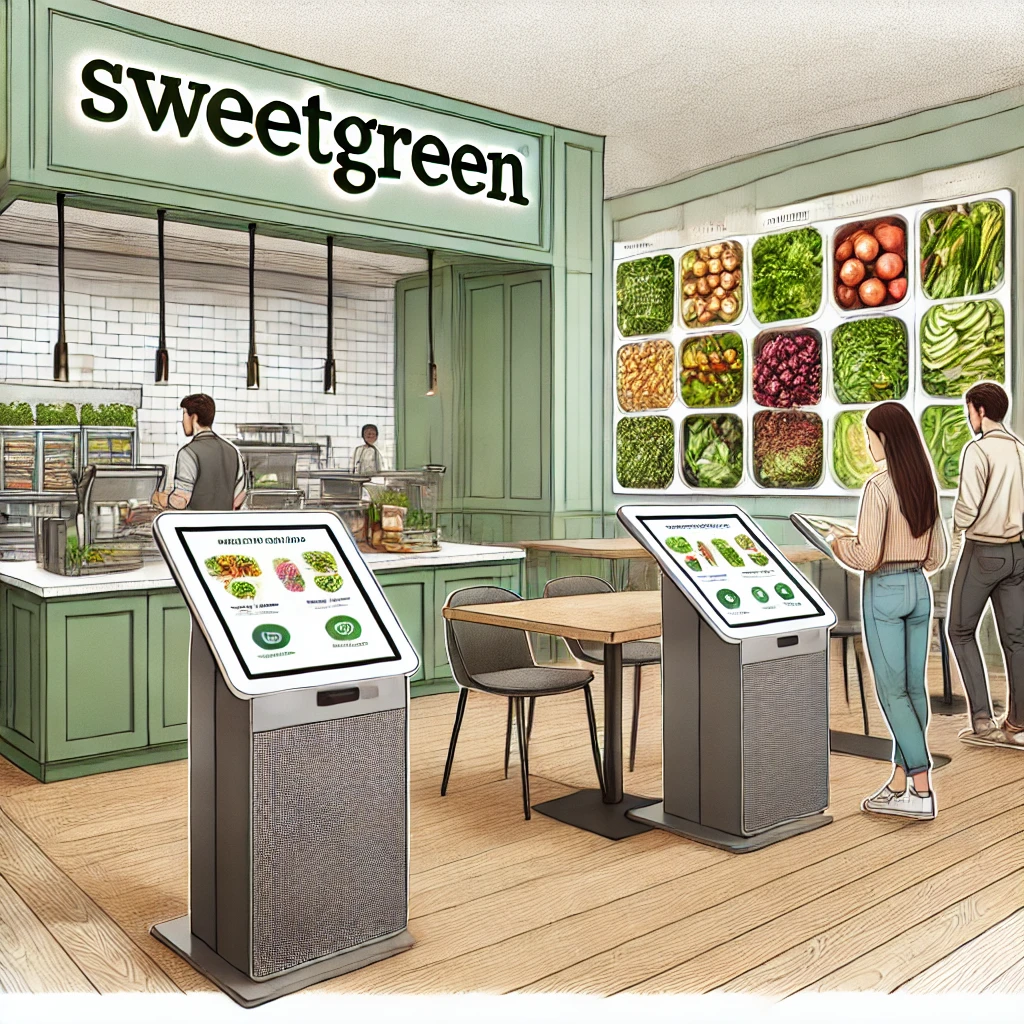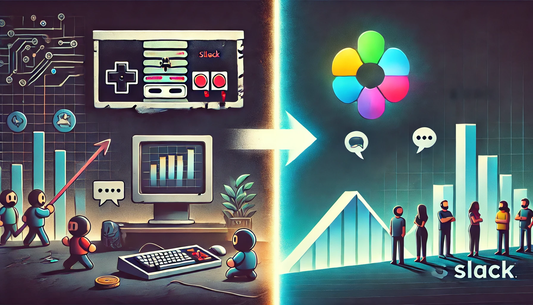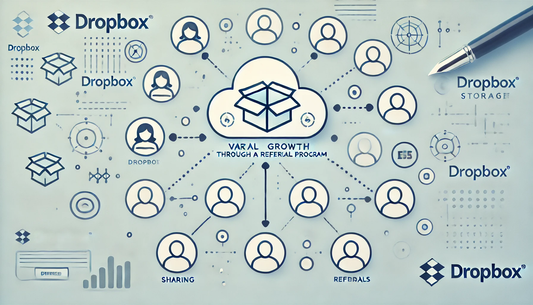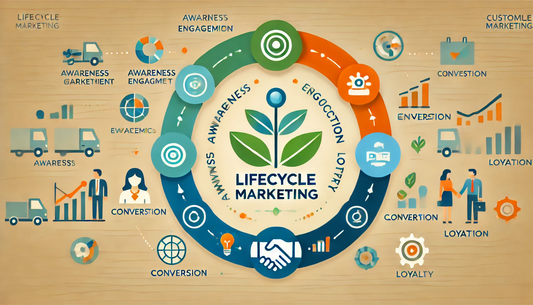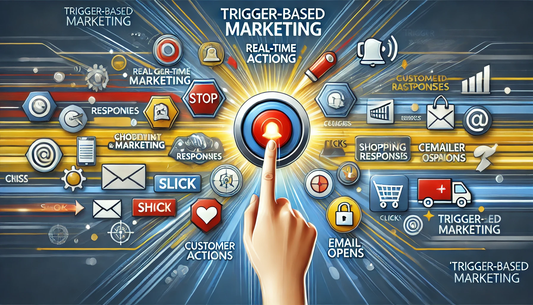In the fast-paced world of healthy fast-casual dining, Sweetgreen has managed to carve out a niche as a leader. How, you ask? It’s all thanks to their tech-first approach that has revolutionized operations, customer experience, and even brand loyalty! 🥗✨
Sweetgreen’s journey offers invaluable insights for startup founders, especially those looking to scale quickly and effectively using technology.
From their seamless app experience to their data-driven decision-making, they have set the bar for tech integration in the food industry.
Let's dive into the juicy details of how Sweetgreen achieved success and how you can apply these lessons to your own startup. Ready? Let’s go! 🚀
Sweetgreen: The Tech-First Revolution in Healthy Fast-Casual Dining
Started in 2007 in Washington, D.C., with a single salad shop, Sweetgreen is now a nationwide brand with over 100 locations across the United States. 🎉
How did they go from a small startup to a major player in the fast-casual space? The answer lies in their commitment to integrating technology from day one. Sweetgreen didn’t just serve salads; they served a tech-powered experience that would go on to redefine the industry.
From its origins, Sweetgreen’s founders knew that technology would be the key to scaling the business. Investing in digital infrastructure early on allowed them to streamline everything—from kitchen operations to customer service.
And, boy, did it pay off! Not only did it make their operations more efficient, but it also created a smooth and engaging experience for customers. 🍴
Lesson #1: Build a Tech-Driven Operational Backbone
Sweetgreen’s operations are powered by a strong tech backbone. This includes everything from a proprietary software that integrates the supply chain to reduce waste, to real-time data on inventory management. 🌿
This technology ensures that fresh ingredients are always available without a hitch, ensuring a consistently high-quality product. Customers love it, and the environment benefits too! 💚
Takeaway for Startups: Don’t underestimate the power of streamlining your operations with technology.
Whether it’s using custom software for inventory management or adopting automation tools for logistics, investing in tech tools that scale with your business can save you time, money, and a whole lot of hassle in the long run. Start with a strong operational foundation, and the rest will follow. 🖥️
Lesson #2: Leverage Data to Understand and Serve Your Customers Better
Sweetgreen doesn’t just collect data—they use it to create a better experience for their customers.
From tracking when customers order, what they order, and how often they visit, the company gathers valuable insights that shape everything from their menu offerings to their marketing campaigns. 📊
For example, their app and online ordering system collect information on customer preferences, which is then used to tweak menu items, suggest new salads, or offer personalized rewards. 💡
It’s like giving your customers exactly what they want before they even know they want it! Sweetgreen uses this information to improve their services and products on the fly, which keeps customers coming back for more. 🥗
Takeaway for Startups: Use data to inform your business decisions! Whether it’s analyzing customer behavior through social media or using tools like Google Analytics and CRM software, data is your friend.
Startups can take advantage of these insights to refine product offerings, marketing strategies, and even customer experience, without needing to guess what works. 💼
Lesson #3: Create a Digital-First Customer Experience
Sweetgreen’s app isn’t just an ordering tool—it’s an all-in-one experience. Customers can customize their meals, track their rewards, and even learn about the sourcing of ingredients—all from their phones. 📱
The app makes ordering as easy as pie (or should we say, a kale salad?). This level of engagement helps Sweetgreen build customer loyalty while enhancing the overall user experience. 🌟
Takeaway for Startups: Your startup’s digital presence should go beyond just having a website. Whether it’s a mobile app, an e-commerce platform, or a chatbot, make sure you’re offering more ways to engage with your customers online.
The more touchpoints you create, the more opportunities you have to build lasting relationships. 🙌
Lesson #4: Ensure Seamless Integration Across Channels
One of Sweetgreen’s most impressive feats is the integration of its technology across multiple platforms. Whether customers are ordering online, through the app, or in-store, the process is seamless. 🏪
This consistency makes it easy for customers to engage with the brand, regardless of the touchpoint. No matter how they order, they get the same high-quality experience every time. 💯
Takeaway for Startups: It’s crucial to ensure that all your tech systems work together harmoniously. Whether it’s your CRM, email marketing tools, or social media accounts, everything should be integrated.
This will make your business more efficient and provide your customers with a consistent experience across all channels. 🧩
Lesson #5: Innovate Continuously to Stay Ahead
Sweetgreen isn’t one to rest on its laurels. The brand is constantly testing new ideas—whether it’s new menu items, tech features, or sustainability initiatives. 🌱 This dedication to innovation helps them stay ahead of the curve in a highly competitive market.
Their willingness to experiment and evolve is part of the reason they continue to lead the healthy fast-casual dining space. 🏆
Takeaway for Startups: Never stop innovating. Whether it’s through A/B testing, customer surveys, or trying new technologies, continuous iteration is the key to staying relevant. Keep testing, keep learning, and keep growing. After all, the best startups are those that are never satisfied with “good enough.” 🔄
Lesson #6: Prioritize Sustainability and Transparency
Sustainability is at the heart of Sweetgreen’s brand. They are transparent about where their ingredients come from and how they are sourced, ensuring that customers feel confident in their food choices. 🌍
This transparency resonates strongly with their health-conscious, environmentally aware customer base. 🥦
Sweetgreen’s sustainability efforts go beyond just the ingredients—they’ve made eco-friendly packaging and waste reduction a priority. This commitment to sustainability not only benefits the environment but also helps build trust with customers. 💚
Takeaway for Startups: Integrate sustainability into your business model, even if it’s just taking small steps. Whether it’s using eco-friendly packaging or being transparent about your sourcing practices, customers appreciate businesses that care about the environment. 🌿
Final Thoughts: What Startups Can Learn from Sweetgreen’s Success
Sweetgreen’s rise to success is a textbook example of how technology can be harnessed to scale a business and improve customer experience.
By prioritizing tech-first innovation, data-driven decisions, and continuous adaptation, Sweetgreen has managed to stay ahead of the competition in the fast-casual dining sector. 🥳
For startups, the lessons are clear: invest in technology, leverage data, prioritize customer engagement, and always keep your brand aligned with your values. Start small, but dream big, and always be open to evolving as you grow. 🚀
So, whether you’re launching a food brand, a tech startup, or any other kind of business, take a page from Sweetgreen’s playbook. The tech-first approach isn’t just about using tools—it’s about creating a brand that stands for something more. And when you do that, the possibilities are endless. 🌟
Now, go ahead—take these lessons and turn your own startup into the next big thing! 💥

